View all Standards for National Core Arts Standards
TH:Cr2.1.HSI.b Investigate the collaborative nature of the actor, director, playwright, and designers and explore their interdependent roles in a drama/theatre work.

Part of the Drama One Curriculum
What is Theatre?
by Karen Loftus
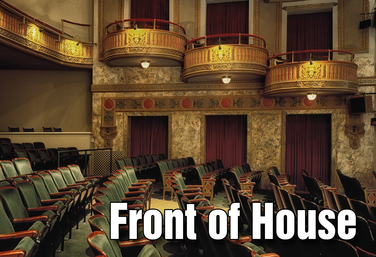
Part of the Drama One Curriculum
Front of House
by Karen Loftus

Puppetry
by Jenny Goodfellow

Part of the Drama Two Curriculum
Devising
by Corinna Rezzelle
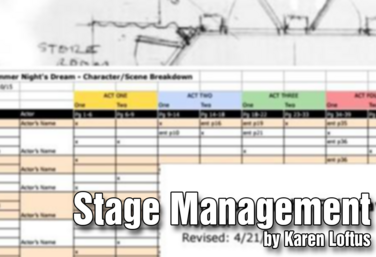
Stage Management
by Karen Loftus
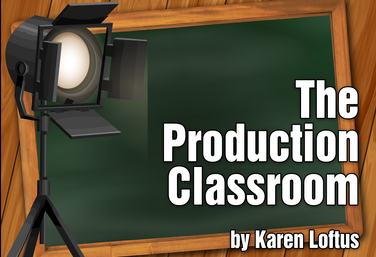
Part of the Production Classroom Units Curriculum
Production Classroom Units Overview
by Karen Loftus

Part of the Production Classroom Units Curriculum
Part One - Pre-Production
by Karen Loftus

Part of the Production Classroom Units Curriculum
Part Two - Rehearsal and Performance
by Karen Loftus

Part of the Production Classroom Units Curriculum
Part Two - Documents
by Karen Loftus

Part of the Production Classroom Units Curriculum
Part Three - Reflection and Assessment
by Karen Loftus
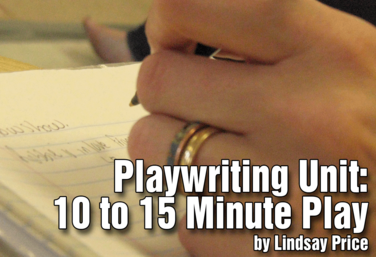
Playwriting Unit: 10 to 15 Minute Play
by Lindsay Price
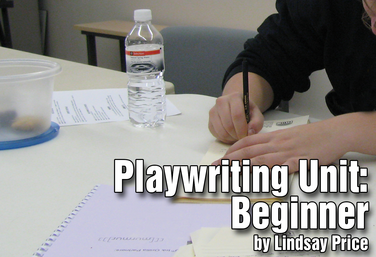
Playwriting Unit: Beginner
by Lindsay Price

The Working Playwright *Hyperdoc
by Lindsay Price

Part of the Distance Learning Curriculum
What is Theatre?
by Lindsay Price and Karen Loftus
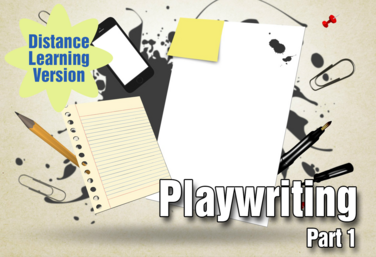
Part of the Distance Learning Curriculum
Playwriting: Part 1
by Lindsay Price
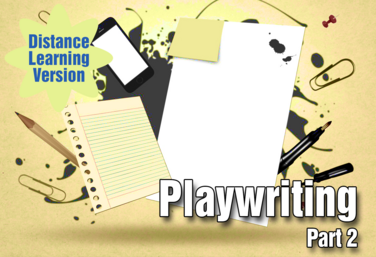
Part of the Distance Learning Curriculum
Playwriting: Part 2
by Lindsay Price
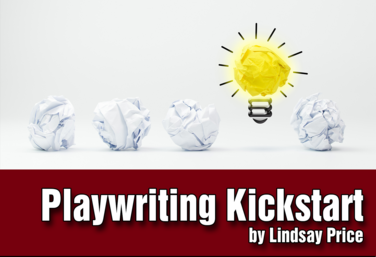
Playwriting Kickstart: Multi platform
by Lindsay Price
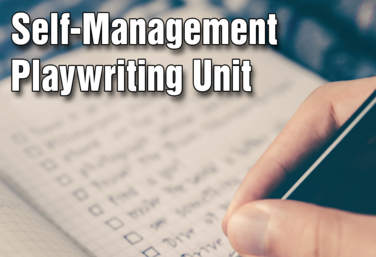
Self-Management Playwriting
by Lindsay Price
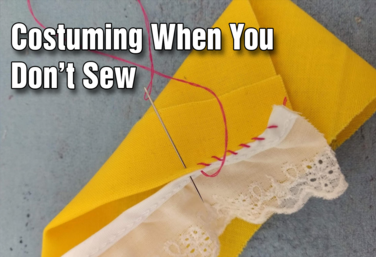
Tech Theatre Unit: Costuming When You Don't Sew
by Drama Teacher Academy

Scene Staging
by Lindsay Price

The Top Ten Playwriting Exercises
by Lindsay Price
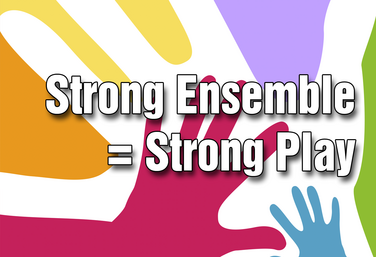
Strong Ensemble = Strong Play
by Craig Mason
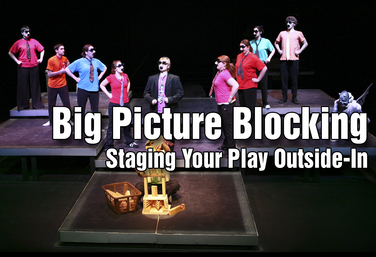
Big Picture Blocking: Staging Your Play Outside-In
by Todd Espeland
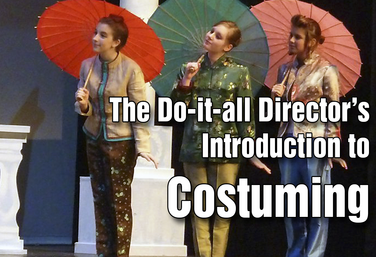
The Do-it-All Director's Introduction to Costuming
by Holly Beardsley

Concept-Based Design for the Theatre Teacher
by Matt Webster
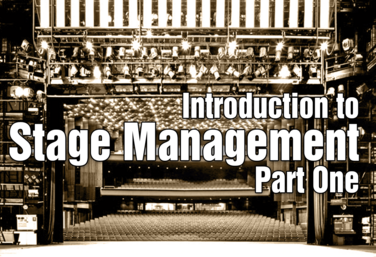
Introduction to Stage Management Part One
by Karen Loftus
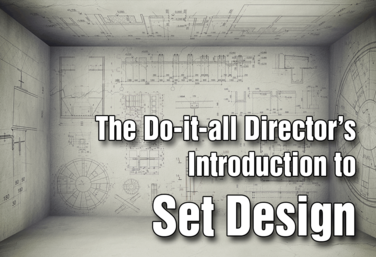
The Do-it-All Director's Introduction to Set Design
by Holly Beardsley
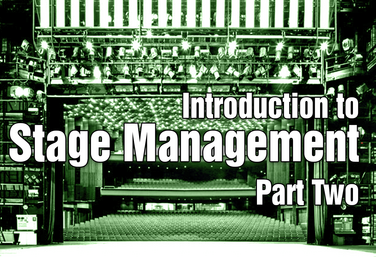
Introduction to Stage Management Part Two
by Karen Loftus
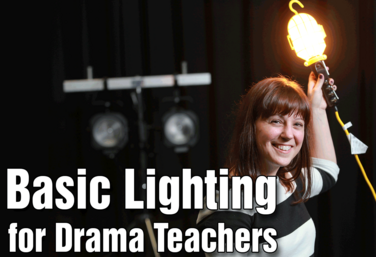
Basic Lighting for Drama Teachers
by Claire Broome

The Production Classroom
by Karen Loftus
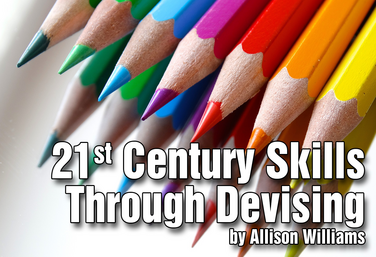
21st Century Skills Through Devising
by Allison Williams
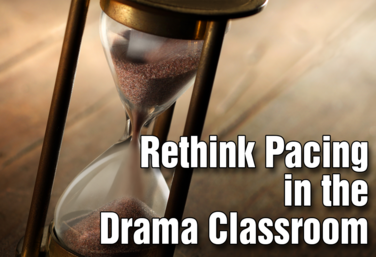
Rethink Pacing in the Drama Classroom
by Matt Webster

How to Give Feedback to Student Playwrights
by Nicholas Pappas
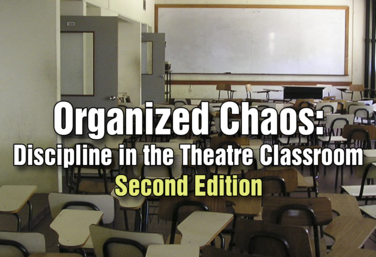
Organized Chaos: 2nd Edition
by Matt Webster

Playwriting Outside the Lines
by Steven Stack

Tech Knowledge: Integrating Tech Throughout Your Rehearsal Process
by Claire Broome
View all Standards for National Core Arts Standards Standards Master List